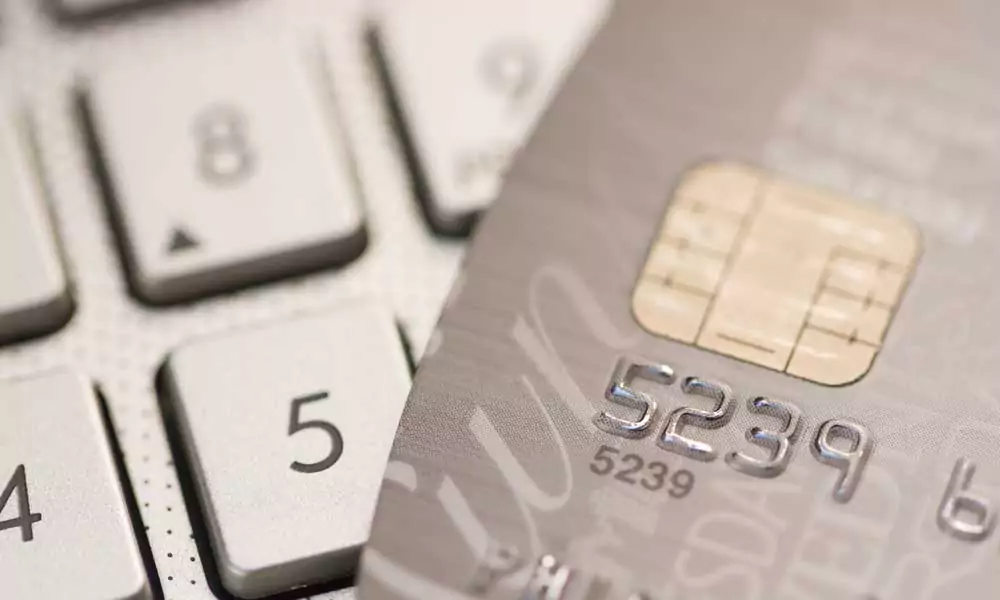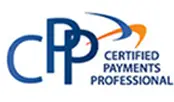Prompt and efficient collection of accounts receivable is critical to maintaining strong cash flow and a healthy business. But this can be challenging for smaller firms that do business on open account terms.
In fact, accounts receivable typically represent more than 40 percent of a company’s assets, according to the World Trade Organization. But one out of every ten invoices becomes delinquent, and many of these late payments eventually become unpaid debts.
Minimizing the Collections Process
According to Kacy Owsley, Cadence Bank Treasury Management Senior Vice President, one way to improve collections and boost cash flow is to accept credit and debit cards as payment for your company’s goods and services. “In fact, accepting credit and debit cards may considerably decrease the collections process because no invoice is issued — so there’s no outstanding payment that has to be collected,” she says.
“Accepting credit and debit cards for payment accelerates funding because it helps to ensure that your business will be paid for goods and services if you process the transaction correctly,” says Craig Tieken, Vice President, Product TSYS® Merchant Product Group. “Your account will be funded the next business day, which considerably shortens the collection window of 30, 60 or even 90 days that many small businesses have to manage.”
Of course, retail, Internet and mail order/telephone order businesses have long accepted credit and debit cards for payment. But Tieken says that a growing number of B2B businesses like manufacturers, wholesalers and distributors are accepting cards — and reaping big cash flow benefits.
Accepting Virtual Credit Cards
One trend Tieken points to is the growing use of what he calls “virtual cards” for B2B card transactions. “These transactions don’t use a plastic card,” he explains. “Instead, a card number is generated for one-time use that the seller runs through its point-of-sale system. From here, the transaction is processed just like a B2C transaction. This process is highly secure because the card number is never used again.”
An accompanying trend to virtual cards, says Tieken, is the use of straight-through processing. “This is a strategic relationship between a buyer and seller that’s designed to take away the pain points in the payment process by streamlining the reconciliation process,” he explains.
The seller receives an electronic notice that payment will be made on a particular date, along with an electronic file with all the transactions that occur on each day. “The file can be absorbed into the seller’s ERP system and the seller can mark items as paid and review reports,” says Tieken.
A Cost-Benefit Analysis
A discount fee is charged for credit and debit card transactions, which you should factor into your decision-making process. The question to ask is whether or not the cash flow benefits you reap will offset the amount of the discount fee. “For many businesses, the answer will be yes,” says Tieken.
Many sellers accelerate cash flow by offering 2/10, net-30 discounts to their customers. Here, the seller gives up two percent of the invoice amount in exchange for receiving payment within 10 days instead of 30 days. “Accepting credit or debit cards may be preferable to this because the discount fee can be less than two percent and the seller receives payment overnight, instead of within 10 days,” Tieken says.
Think Outside the Box
According to Tieken, less than five percent of all B2B transactions are currently done using credit or debit cards. “It’s still a heavily paper-based environment,” he says. “B2B companies may be able to improve cash flow and reduce bad debt by thinking outside the box and accepting credit or debit cards for payment.”




